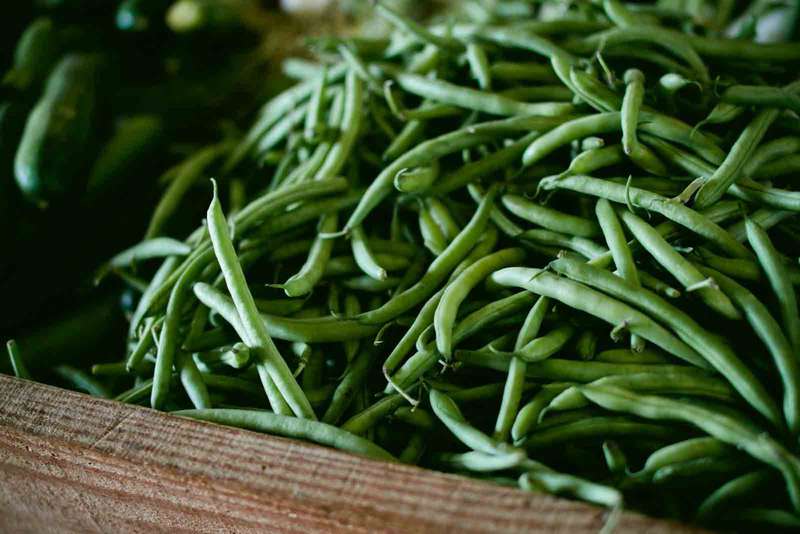
When I was a child, I remember broad beans being my least favourite lentil. I found the taste of the bean skins quite bitter, but as I’ve gotten older my palette has matured and now I find them a great way to supplement my protein intake.
Broad beans (also known as fava beans) are a good source of protein and also contain vitamin A, vitamin C, calcium and iron. Provided they fit your macros , broad beans can be used as a great tool to reach your goals.
One 100g serving of prepared broad beans contain the following:
- 91kcal
- 0.6g Fat (of that 0.1g is Saturated Fat)
- 10.3g Carbohydrates (of that 1.2g are Sugars)
- 7.9g Protein
- 6.5g Fibre
- 6% RDA Vitamin C
- 3% RDA Calcium
- 8% RDA Iron
Broad beans are a delicious accompaniment to lamb, poultry, and seafood but also work great in stews, soups, and stir-fries along with spices, herbs and rice.
How to Prepare Broad Beans
You can eat broad beans with the skins on or off, although a lot of the goodness can be found in the skin. First of all, if you’ve home-grown your beans you need to remove the beans from their outer jackets.
Next the beans need to be added to boiling water on the hob for two minutes. Empty the beans into a colander and refresh them with a splash of cold tap water.
Finally, if preferred, you can apply small pressure to the bean between your thumb and forefinger to tease them from their papery outer skins. Serve immediately.
So, what are the benefits?
Broad beans are an excellent vegetarian source of fibre and protein, and could work wonders on a low-calorie diet. A study published in the European Journal of Clinical Nutrition in 2010 found that overweight women on a high-protein, high-fibre diet lost more weight than those on the standard high-carbohydrate, low-fat regime that currently forms the basis of government 'healthy eating' advice. Broad beans are also rich in both folate and B vitamins, which we need for nerve and blood cell development, cognitive function and energy.
Be sure to follow us on instagram for more tips on staying healthy.